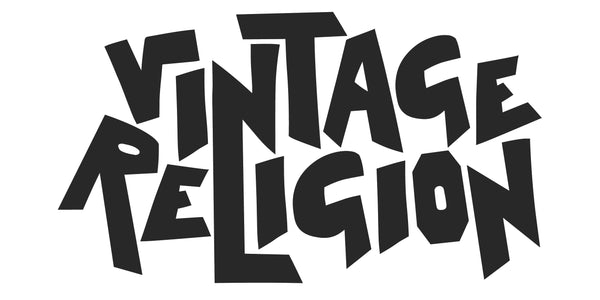In the bustling era of the 1950s, Philip Morris found itself entangled in a predicament. Its flagship brand, Marlboro, was perceived predominantly as a woman's cigarette, a precarious stigma in an era personified by the masculinity of figures like Don Draper and Frank Sinatra.
Riding into the Sunset with Masculinity To counteract this feminine image, Marlboro called upon advertising maestro Leo Burnett to concoct the enduring symbol of rugged manhood - the Marlboro Man. A cowboy emblematic of American fortitude, this figure propelled Marlboro to the zenith of cigarette brands by 1972.
But, clouds of uncertainty loomed over Philip Morris. Sweeping bans on cigarette advertising coupled with mounting evidence of tobacco's link to lung cancer were causing a decline in adult smoking rates. Marlboro, sensing the shifting sands, sought innovative strategies to circumvent advertising restrictions.
Venturing into New Horizons The 1980s saw the inception of the Marlboro Adventure Team in West Germany. This venture promised unparalleled experiences, sending winners on adventure tours across the American West. Initially a European enterprise, by 1993 the US division saw an opportunity to revitalize the brand.
The subsequent promotional endeavors were unprecedented. The application was made accessible to Americans and the brand disseminated images of the Adventure Team across legal advertising avenues. The linchpin of this promotional blitz was the Adventure Team Catalog, featuring a plethora of outdoors and adventure gear available through redeemable “Marlboro Miles” found on cigarette packs.
Gamifying the Smoke This merchandise wasn’t just mere apparel, it represented a gamified embodiment of lung cancer under the guise of masculine allure. The merchandise became the nucleus of Marlboro’s promotional strategy, manifesting “style-as-vice” to endorse their products. The internal projections were accurate: “For every person that makes the team, there will be another million who get the gear.”
The promotional outlay was monumental, and the results were staggering. Over 14 million items were claimed, representing a colossal amount of cigarettes sold.
Global Expansion and Consequent Diminution The Marlboro Adventure Team's global footprint extended, reaching Asian markets by 1994. The inundation of applications and orders exemplified Philip Morris's triumph. However, regulatory bodies and health officials discerned the ramifications of such a campaign.
Marlboro had circumvented advertising restrictions, exploiting loopholes to sell millions of cartons, prompting legal repercussions. The 1998 Master Settlement Agreement imposed stringent restrictions on cigarette advertising, resulting in the gradual eclipse of the Marlboro Adventure Team.
The Backlash of Irony The eventual demise and transformation of the Adventure Team depict the incongruity of promoting a product detrimental to health using elements synonymous with vitality and environmental conservation. The juxtaposition of tobacco, a resource-intensive crop, with environmentally conscious outdoors industry, smoking, a health-degrading habit, with sportswear, and the association of Marlboro branding with idyllic frontier toughness becoming a street-style statement showcase the paradox inherent in such promotional endeavors.
The eventual decline in smoking rates and the repurposing of Marlboro branding depict a rebalancing act where style reclaimed vice. The narrative of the Marlboro Man, rather than representing innovative marketing triumphs, emerges as a reminder of an industry's desperate attempts to maintain relevance in a shifting cultural landscape.
A Journey from Smoke to Fresh Air Marlboro’s maneuvers, appearing innovative, were steeped in desperation, with the clean, health-conscious era leaving no space for smoking's hazardous impacts. The irony and paradoxes in Marlboro’s strategies reflect a desperate claw at relevance, with style ultimately subsuming vice, leaving the Marlboro Man as a historical relic in an evolving cultural discourse.
